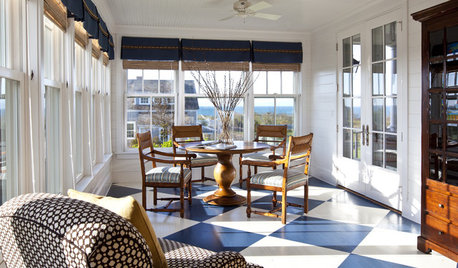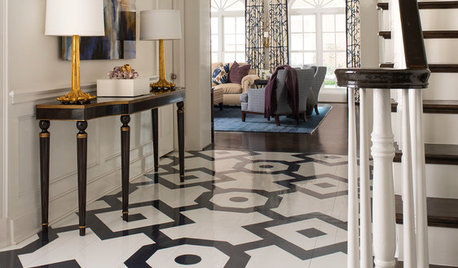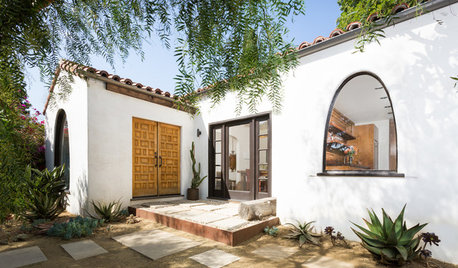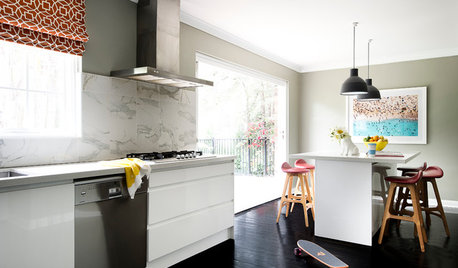Hardwood floor refinishing
jefsboys
13 years ago
Related Stories

GREAT HOME PROJECTSWhat to Know Before Refinishing Your Floors
Learn costs and other important details about renewing a hardwood floor — and the one mistake you should avoid
Full Story
MATERIALSWhat to Ask Before Choosing a Hardwood Floor
We give you the details on cost, installation, wood varieties and more to help you pick the right hardwood flooring
Full Story
GREAT HOME PROJECTSHow to Refinish a Wood Deck
Keep your deck looking its best — and save feet from splinters — by applying a new stain and sealant every year or so
Full Story
REMODELING GUIDESContractor Tips: Smooth Moves for Hardwood Floors
Dreaming of gorgeous, natural wood floors? Consider these professional pointers before you lay the first plank
Full Story
FLOORSHow to Paint Your Hardwood Floors
Know how to apply nail polish? Then you can give your wooden floors a brand-new look
Full Story
HOUSEKEEPINGHow to Clean Hardwood Floors
Gleaming wood floors are a thing of beauty. Find out how to keep them that way
Full Story
FLOORS6 Alternative Flooring Ideas to Kick Up Your Style
Rubber, cork, concrete and other materials are worthy options in lieu of hardwood or tile
Full Story
REMODELING GUIDESTransition Time: How to Connect Tile and Hardwood Floors
Plan ahead to prevent unsightly or unsafe transitions between floor surfaces. Here's what you need to know
Full Story
BEFORE AND AFTERSHouzz TV: See Recycled Walls and Cool Cassette Art in a Woodsy DIY Home
Walnut countertops join hardwood floors and pieces made from leftover framing in a bright Spanish colonial
Full Story
FLOORS11 Distinctive Finishes for Original Floorboards
Whether you go for glossy, painted or matte boards, make your wood floor the star
Full Story






fanner
fanner
Related Discussions
hardwood floor refinish - flooring company rushing
Q
Hardwood Floor Refinish with Uneven Stain & Sheen; White Spots; Bumps
Q
Need help understanding hardwood floor refinishing norms
Q
Hair, debriefs after hardwood floors refinishing
Q
rosesr4me
fanner
jefsboysOriginal Author
fanner
jefsboysOriginal Author
jefsboysOriginal Author
fanner
jefsboysOriginal Author
fanner
sombreuil_mongrel
jefsboysOriginal Author
jefsboysOriginal Author
jefsboysOriginal Author
fanner
jefsboysOriginal Author
fanner
columbusguy1
rosesr4me
fanner
rosesr4me
Carol_from_ny
jefsboysOriginal Author
jiggreen
jefsboysOriginal Author
fanner
jefsboysOriginal Author
jiggreen
jefsboysOriginal Author